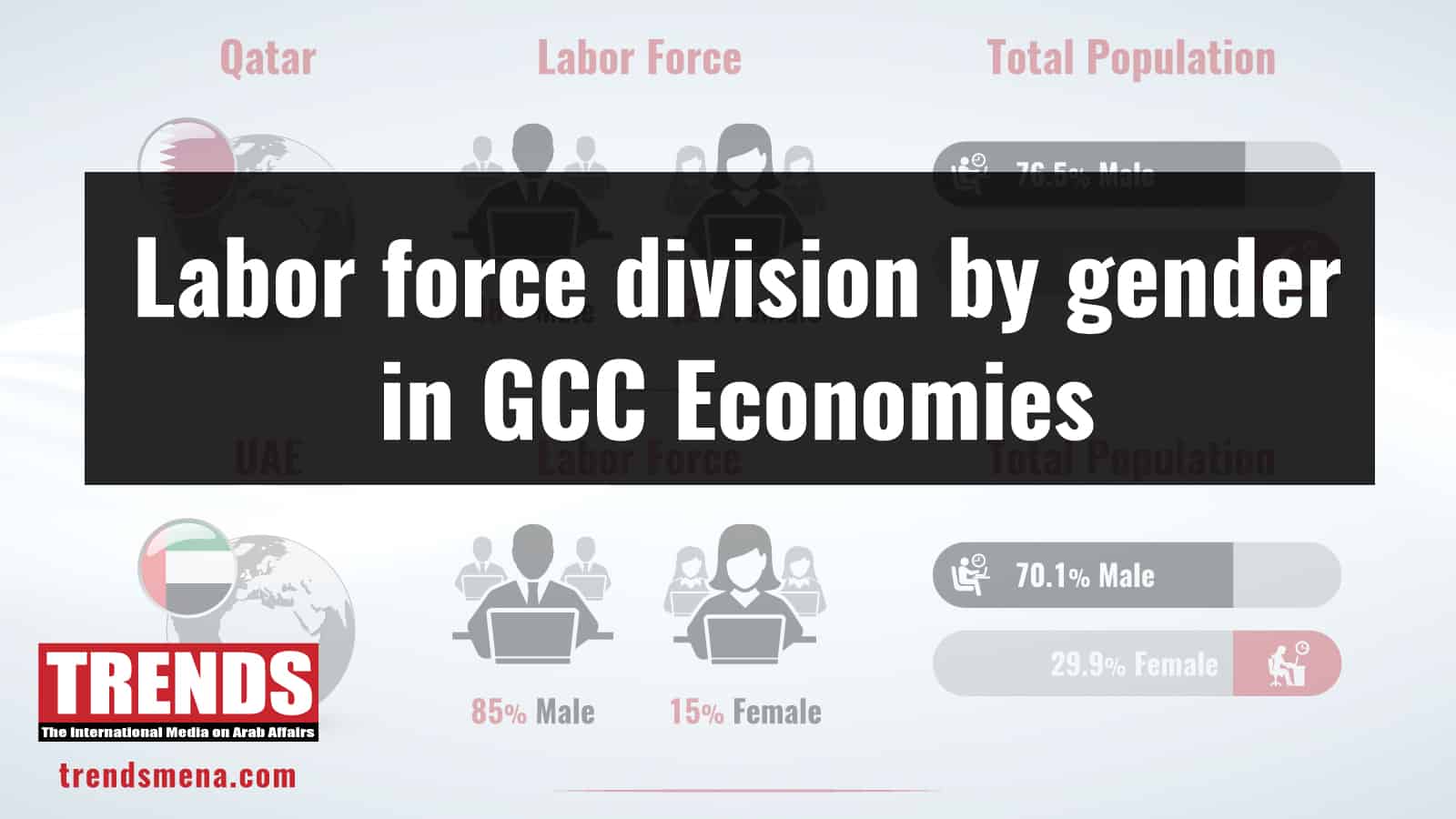Member countries of the Gulf Cooperation Council are increasingly working towards the empowerment of women.
After all, that automatically translates to a larger workforce and more earnings for each family, which in turn boosts the spending power of families.
For example, the UAE and Canada held discussions last month on how to enhance cooperation to empower women.
And with more women joining STEM courses in the country, we may expect to see more of them in research and engineering positions in various public and private-sector ventures.
Meanwhile, a little more than halfway through last year, statistics from Saudi Arabia said more women had entered the workforce, even as unemployment dropped.
Women entrepreneurs in the Arab region have it easier these days, said Muna AbuSulayman, highlighting that they are becoming job-creators as well.
Meanwhile, private firms are starting to commit to hiring more women in various roles and capacities.
Here’s a comparative look at the labor forces in the GCC economies, categorized by gender, and how they stack up against some of the biggest developed countries from across the world:









